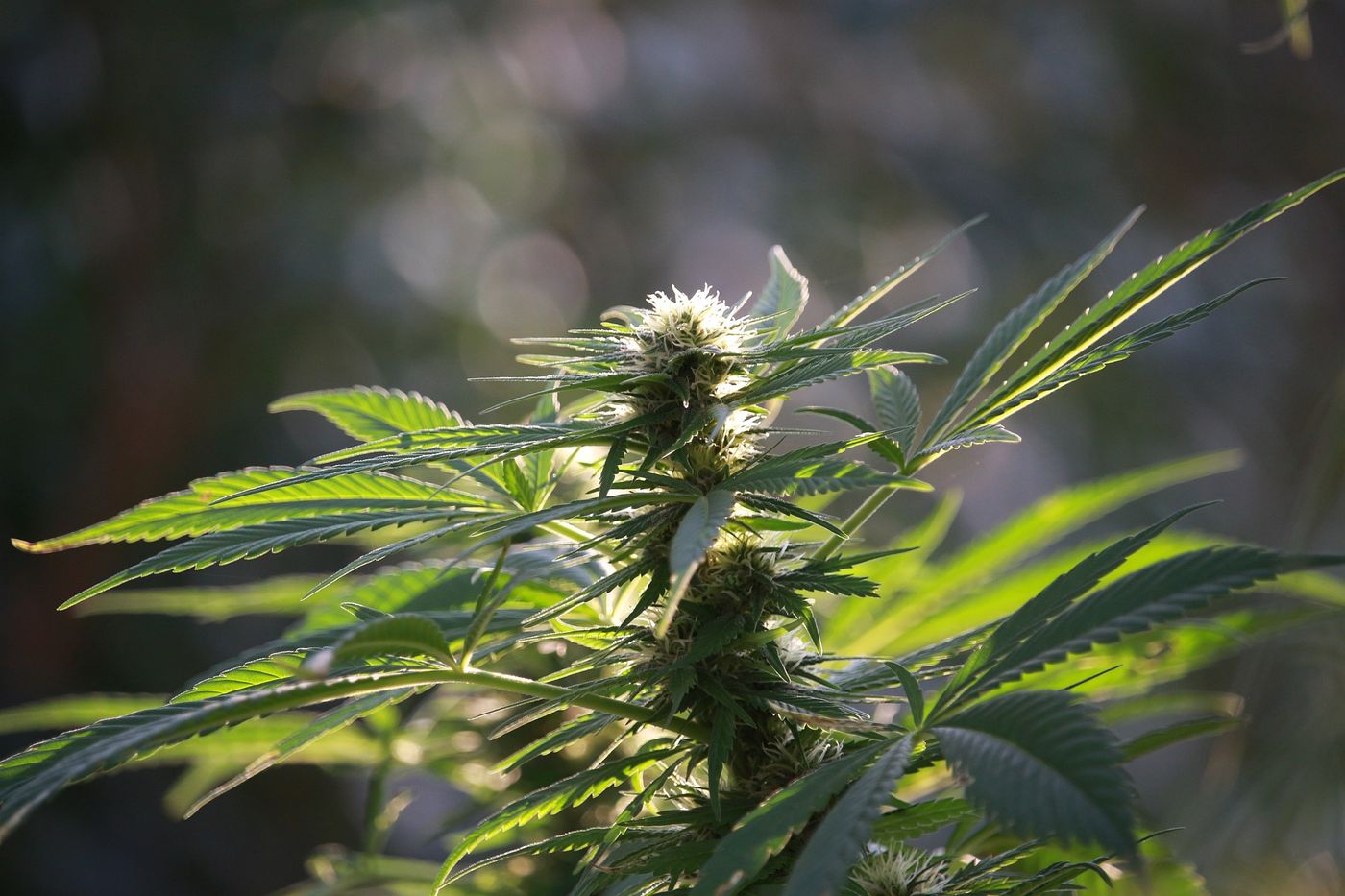Developing Hemp Germplasm for Southern Climates

Discovering genetic variation across all cannabis within C. sativa will benefit farmers by identifying high-yielding cultivars. In addition, hemp germplasm variation will lead to greater reliability and consistency in feedstocks and high cannabidiol quality products. Lack of uniformity and regional adaptation are two main challenges for hemp farmers, so this project addresses a critical need in the hemp industry.
Hemp growers often use seed or clone varieties from Colorado, Oregon or Europe that are not easily sustainable in hotter or humid climates. Dr. Jessup explained that south of Amarillo is “...a dividing line of latitude and temperature to where they will do one of two things: they flower too early, which decreases your yield, or they’ll produce too much THC and are non-compliant.” These risks can be very challenging for farmers to remain financially viable and compliant. Very little hemp for the fiber and grain markets has been grown in Texas, because the cultivars from Europe often flower too early. Cultivars from Australia and China, which have not been consistent or reliable in terms of potency. To provide access to genetics that will thrive in harsh Southern climates, the team plans to release between 10 and 20 cultivar lines by 2023 and release 20 to 50 more in 2024.
The TAMU research team is enthusiastic about finding cultivars that will thrive in harsher climates as well as allow for cultivating multi-use crops for diverse markets. Jessup explained, “If we have a hemp that produces fiber on the bottom of the plant and grain on the top and never produces any cannabinoids so it’s always compliant and the farmers never have to worry about it, I think that’ll be a game changer in South Texas.” Increasing genetic diversity will allow Texas farmers to become more competitive in the fiber and grain markets.
Sources: Agrilife Today, Eureka News Alert








